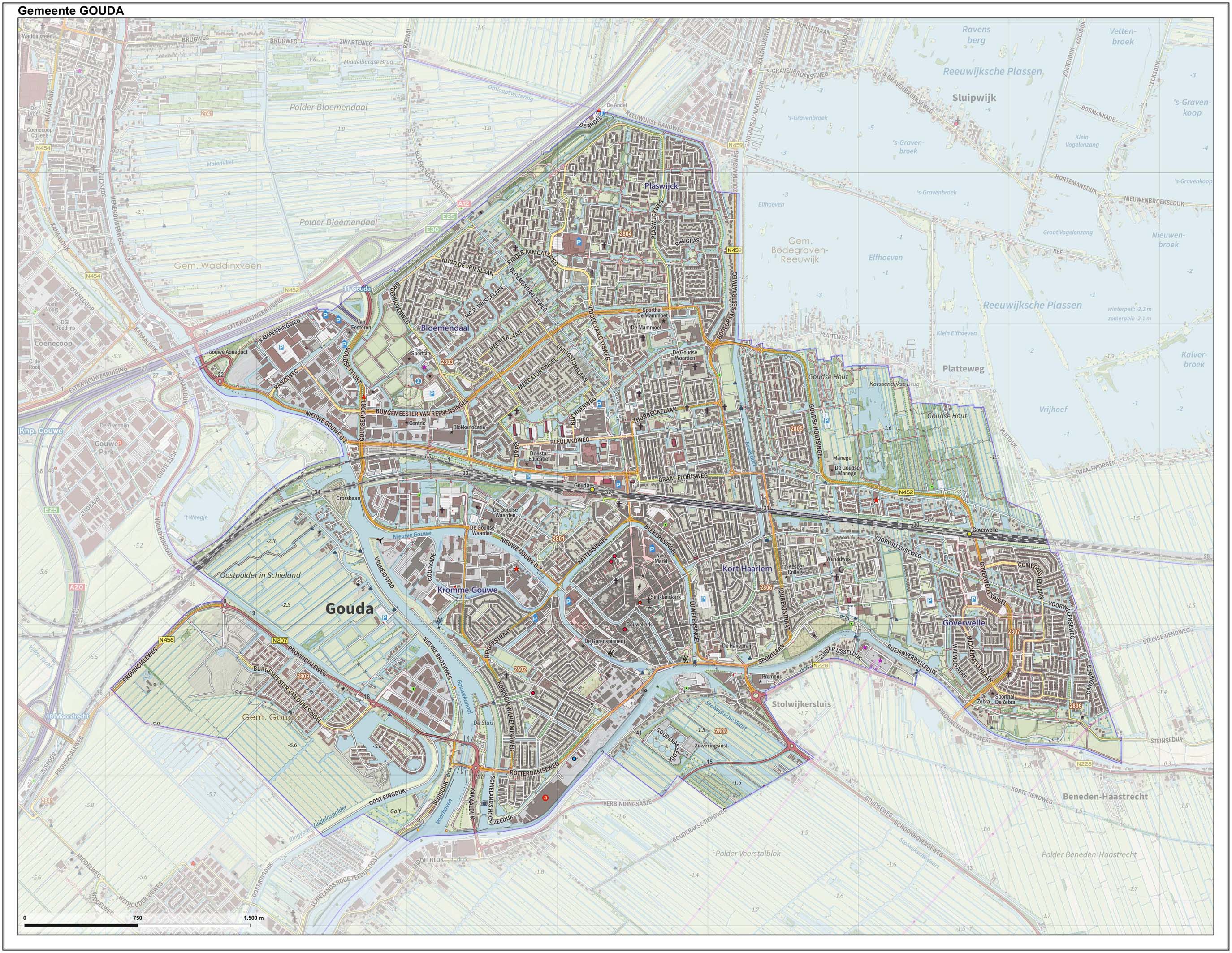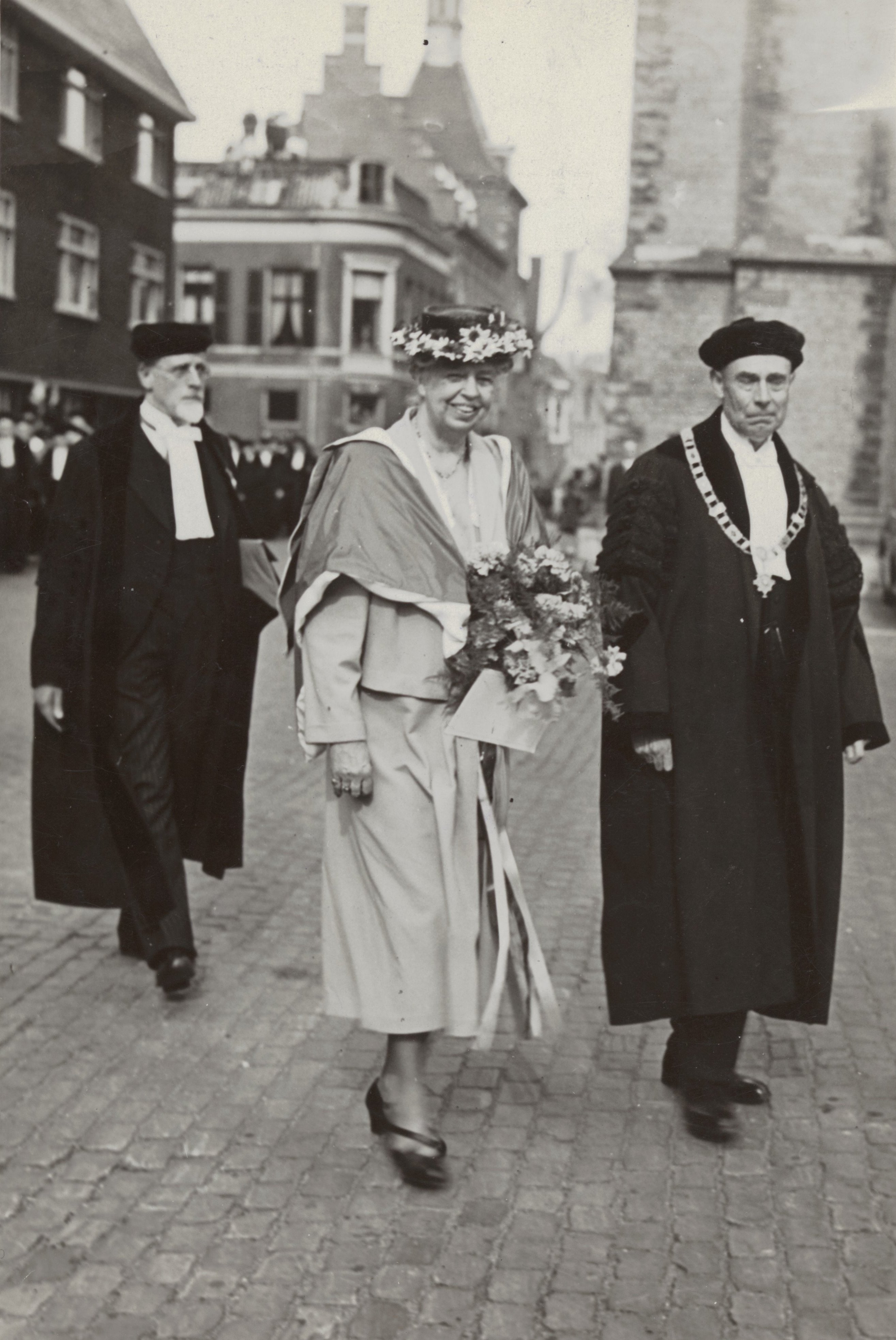|
Pieter Hendrik Van Cittert
Pieter Hendrik van Cittert (30 May 1889, Gouda – 8 October 1959, Utrecht) was a Dutch physicist and science historian. He was born in Gouda, Netherlands, to Benjamin Pieter van Cittert and Petronella Antonia Huber, and died on October 8, 1959, in Utrecht. His achievements include proving the van Cittert–Zernike theorem about the coherence of radiation and founding the University Museum in Utrecht. Career In 1912, Hendrik van Cittert joined the Physics Laboratory at the University of Utrecht. In 1918, he discovered thousands of historical scientific instruments from the eighteenth-century Physics Society in Utrecht. This collection was the starting point for the University Museum, which Hendrik van Cittert founded in 1928. He was promoted in 1919. In 1921, Hendrik van Cittert and Leonard Ornstein Leonard Salomon Ornstein (November 12, 1880 in Nijmegen, the Netherlands – May 20, 1941 in Utrecht, the Netherlands) was a Dutch physicist. Biography Ornstein studied ... [...More Info...] [...Related Items...] OR: [Wikipedia] [Google] [Baidu] |
Gouda, South Holland
Gouda () is a city and municipality in the west of the Netherlands, between Rotterdam and Utrecht, in the province of South Holland. Gouda has a population of 75,000 and is famous for its Gouda cheese, stroopwafels, many grachten, smoking pipes, and its 15th-century city hall. Its array of historic churches and other buildings makes it a very popular day trip destination. In the Middle Ages, a settlement was founded at the location of the current city by the Van der Goude family, who built a fortified castle alongside the banks of the Gouwe River, from which the family and the city took its name. The area, originally marshland, developed over the course of two centuries. By 1225, a canal was linked to the Gouwe and its estuary was transformed into a harbour. City rights were granted in 1272. History Around the year 1100, the area where Gouda now is located was swampy and covered with a peat forest, crossed by small creeks such as the Gouwe. Along the shores of t ... [...More Info...] [...Related Items...] OR: [Wikipedia] [Google] [Baidu] |
Utrecht (city)
Utrecht ( , , ) is the fourth-largest city and a municipality of the Netherlands, capital and most populous city of the province of Utrecht. It is located in the eastern corner of the Randstad conurbation, in the very centre of mainland Netherlands, about 35 km south east of the capital Amsterdam and 45 km north east of Rotterdam. It has a population of 361,966 as of 1 December 2021. Utrecht's ancient city centre features many buildings and structures, several dating as far back as the High Middle Ages. It has been the religious centre of the Netherlands since the 8th century. It was the most important city in the Netherlands until the Dutch Golden Age, when it was surpassed by Amsterdam as the country's cultural centre and most populous city. Utrecht is home to Utrecht University, the largest university in the Netherlands, as well as several other institutions of higher education. Due to its central position within the country, it is an important hub for both rail and ... [...More Info...] [...Related Items...] OR: [Wikipedia] [Google] [Baidu] |
Utrecht
Utrecht ( , , ) is the fourth-largest city and a municipality of the Netherlands, capital and most populous city of the province of Utrecht. It is located in the eastern corner of the Randstad conurbation, in the very centre of mainland Netherlands, about 35 km south east of the capital Amsterdam and 45 km north east of Rotterdam. It has a population of 361,966 as of 1 December 2021. Utrecht's ancient city centre features many buildings and structures, several dating as far back as the High Middle Ages. It has been the religious centre of the Netherlands since the 8th century. It was the most important city in the Netherlands until the Dutch Golden Age, when it was surpassed by Amsterdam as the country's cultural centre and most populous city. Utrecht is home to Utrecht University, the largest university in the Netherlands, as well as several other institutions of higher education. Due to its central position within the country, it is an important hub for both rail and roa ... [...More Info...] [...Related Items...] OR: [Wikipedia] [Google] [Baidu] |
Van Cittert–Zernike Theorem
The van Cittert–Zernike theorem, named after physicists Pieter Hendrik van Cittert and Frits Zernike, is a formula in coherence theory that states that under certain conditions the Fourier transform of the intensity distribution function of a distant, incoherent source is equal to its complex visibility. This implies that the wavefront from an incoherent source will appear mostly coherent at large distances. Intuitively, this can be understood by considering the wavefronts created by two incoherent sources. If we measure the wavefront immediately in front of one of the sources, our measurement will be dominated by the nearby source. If we make the same measurement far from the sources, our measurement will no longer be dominated by a single source; both sources will contribute almost equally to the wavefront at large distances. This reasoning can be easily visualized by dropping two stones in the center of a calm pond. Near the center of the pond, the disturbance created b ... [...More Info...] [...Related Items...] OR: [Wikipedia] [Google] [Baidu] |
University Of Utrecht
Utrecht University (UU; nl, Universiteit Utrecht, formerly ''Rijksuniversiteit Utrecht'') is a public research university in Utrecht, Netherlands. Established , it is one of the oldest universities in the Netherlands. In 2018, it had an enrollment of 31,801 students, and employed 7,191 faculty and staff. In 2018, 525 PhD degrees were awarded and 6,948 scientific articles were published. The 2018 budget of the university was €857 million. Utrecht University counts a number of distinguished scholars among its alumni and faculty, including 12 Nobel Prize laureates and 13 Spinoza Prize laureates. Utrecht University has been placed consistently in the top 100 universities in the world by prominent international ranking tables. The university is ranked as the best university in the Netherlands by the Shanghai Ranking of World Universities 2022, ranked 14th in Europe and 54th in the world. The university's motto is "Sol Iustitiae Illustra Nos", which means ''May the Sun of Righteou ... [...More Info...] [...Related Items...] OR: [Wikipedia] [Google] [Baidu] |
Leonard Ornstein
Leonard Salomon Ornstein (November 12, 1880 in Nijmegen, the Netherlands – May 20, 1941 in Utrecht, the Netherlands) was a Dutch physicist. Biography Ornstein studied theoretical physics with Hendrik Antoon Lorentz at University of Leiden. He subsequently carried out Ph.D. research under the supervision of Lorentz, concerning an application of the statistical mechanics of Gibbs to molecular problems. In 1914, Ornstein was appointed professor of physics, as successor of Peter Debye, at University of Utrecht. Among his doctoral students was Jan Frederik Schouten. In 1922, he became director of Physical Laboratory (''Fysisch Laboratorium'') and extended his research interests to experimental subjects. His precision measurements concerning intensities of spectral lines brought Physical Laboratory in the international limelight. Ornstein is also remembered for the Ornstein-Zernike theory (named after himself and Frederik Zernike) concerning correlation functions, and ... [...More Info...] [...Related Items...] OR: [Wikipedia] [Google] [Baidu] |
Johanna Geertruida Van Cittert-Eymers
Johanna Geertruida (Truus) van Cittert-Eymers was a Dutch physicist, historian of science, museum director and author. Early years Johanna Geertruida Eymers was born in Velp, in the Netherlands on 19 June 1903, the only child of teacher Johan Anton Eymers and Johanna Hermina Aleida Huetinck. She graduated from secondary school with a HBS-b diploma in Arnhem in 1921 and moved to Utrecht to begin studying physics at the university there in 1923. Career Eymers began work as a researcher in the experimental physics group of Leonard Ornstein at Utrecht University in 1929 and in 1932 became the head of the teaching laboratory. Ornstein's group did both pure and applied research, with the latter often at the request of businesses or government institutions. Thus it came to be that Eymers published research about atomic emission spectra but her doctoral research concerned the illumination of an art gallery in The Hague. Eymers graduated cum laude with a PhD in 1935 and did p ... [...More Info...] [...Related Items...] OR: [Wikipedia] [Google] [Baidu] |
1889 Births
Events January–March * January 1 ** The total solar eclipse of January 1, 1889 is seen over parts of California and Nevada. ** Paiute spiritual leader Wovoka experiences a vision, leading to the start of the Ghost Dance movement in the Dakotas. * January 4 – An Act to Regulate Appointments in the Marine Hospital Service of the United States is signed by President Grover Cleveland. It establishes a Commissioned Corps of officers, as a predecessor to the modern-day U.S. Public Health Service Commissioned Corps. * January 5 – Preston North End F.C. is declared the winner of the inaugural Football League in England. * January 8 – Herman Hollerith receives a patent for his electric tabulating machine in the United States. * January 15 – The Coca-Cola Company is originally incorporated as the Pemberton Medicine Company in Atlanta, Georgia. * January 22 – Columbia Phonograph is formed in Washington, D.C. * January 30 – Rudolf, Crown Prince of Austri ... [...More Info...] [...Related Items...] OR: [Wikipedia] [Google] [Baidu] |
1959 Deaths
Events January * January 1 - Cuba: Fulgencio Batista flees Havana when the forces of Fidel Castro advance. * January 2 - Lunar probe Luna 1 was the first man-made object to attain escape velocity from Earth. It reached the vicinity of Earth's Moon, and was also the first spacecraft to be placed in heliocentric orbit. * January 3 ** The three southernmost atolls of the Maldive archipelago (Addu Atoll, Huvadhu Atoll and Fuvahmulah island) declare independence. ** Alaska is admitted as the 49th U.S. state. * January 4 ** In Cuba, rebel troops led by Che Guevara and Camilo Cienfuegos enter the city of Havana. ** Léopoldville riots: At least 49 people are killed during clashes between the police and participants of a meeting of the ABAKO Party in Kinshasa, Léopoldville in the Belgian Congo. * January 6 ** Fidel Castro arrives in Havana. ** The International Maritime Organization is inaugurated. * January 7 – The United States recognizes the new Cuban government of Fi ... [...More Info...] [...Related Items...] OR: [Wikipedia] [Google] [Baidu] |
Historians Of Science
The history of science covers the development of science from ancient times to the present. It encompasses all three major branches of science: natural, social, and formal. Science's earliest roots can be traced to Ancient Egypt and Mesopotamia around 3000 to 1200 BCE. These civilizations' contributions to mathematics, astronomy, and medicine influenced later Greek natural philosophy of classical antiquity, wherein formal attempts were made to provide explanations of events in the physical world based on natural causes. After the fall of the Western Roman Empire, knowledge of Greek conceptions of the world deteriorated in Latin-speaking Western Europe during the early centuries (400 to 1000 CE) of the Middle Ages, but continued to thrive in the Greek-speaking Eastern Roman (or Byzantine) Empire. Aided by translations of Greek texts, the Hellenistic worldview was preserved and absorbed into the Arabic-speaking Muslim world during the Islamic Golden Age. The recovery and ... [...More Info...] [...Related Items...] OR: [Wikipedia] [Google] [Baidu] |


.jpg)




